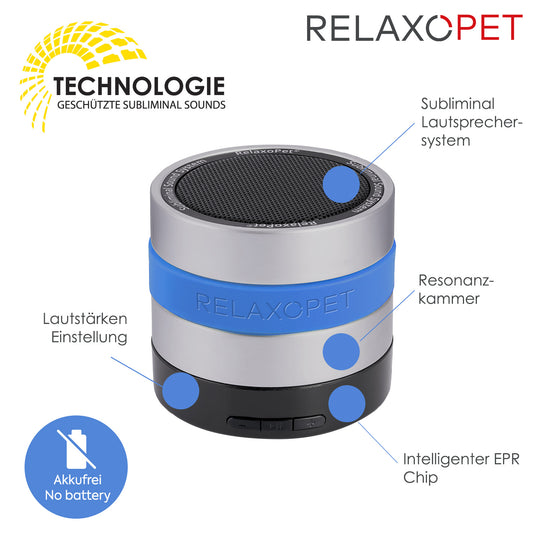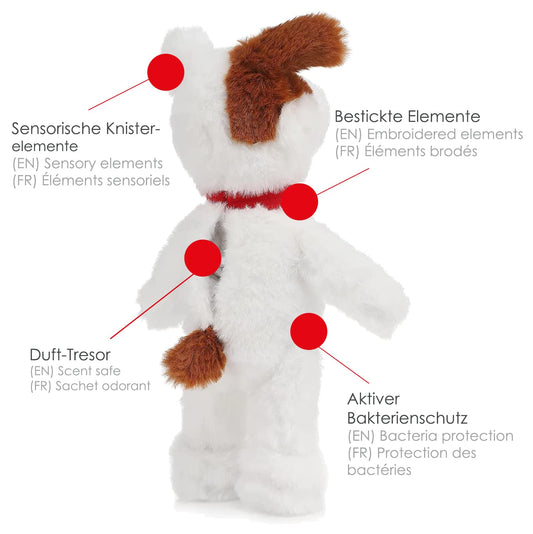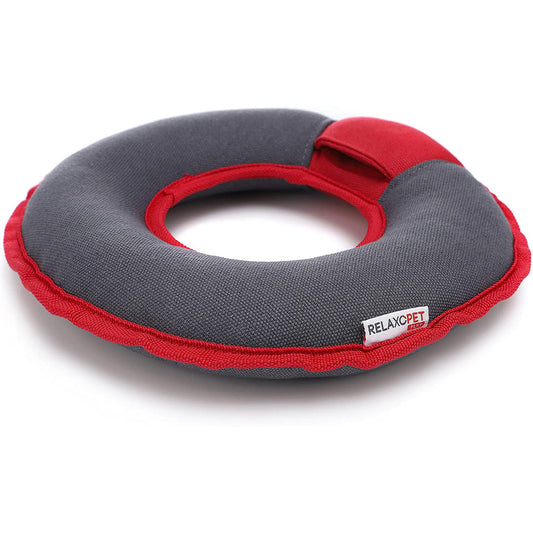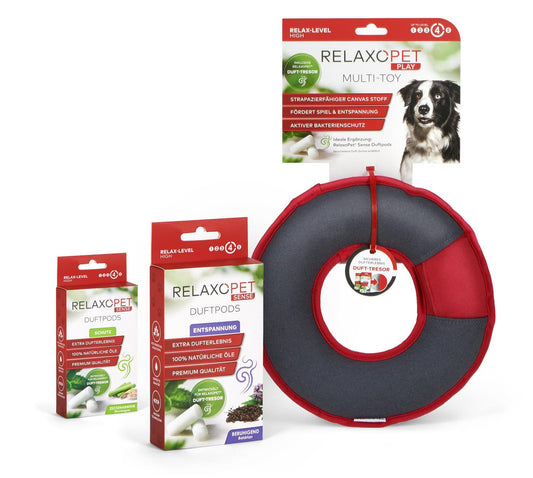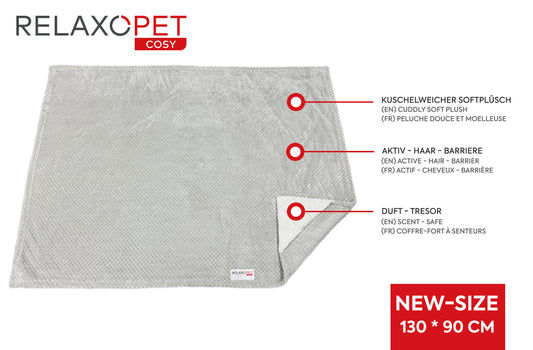
Medical training for dogs
Share
An innovative approach to promoting the health of our loyal companions.
Dogs are not only our best friends, but also important family members. As responsible dog owners, it is our responsibility to ensure that our furry companions live healthy and happy lives. In this context, so-called "medical training" for dogs is gaining increasing importance. This innovative approach uses positive reinforcement to prepare dogs for medical procedures and facilitate their cooperation in healthcare. In this blog post, we take a closer look at medical training for dogs and why it is a worthwhile investment.
- What is canine medical training? Canine medical training refers to the targeted training of dogs to accept specific medical procedures, such as listening to their heartbeat, palpating body regions, administering medication, or taking blood samples. Through the use of positive reinforcement methods, dogs are encouraged to voluntarily participate in medical procedures, thus reducing stress and discomfort.
- The advantages of medical training for dogs:
- Stress reduction: Medical training helps dogs learn to view medical procedures as positive experiences. This reduces their stress and makes it easier for veterinarians and caregivers to administer treatments.
- Improved healthcare: When dogs are accustomed to and readily accept medical procedures, veterinarians can perform more thorough examinations and detect potential health problems early.
- Stronger bond: Medical training requires intensive cooperation between dog and owner. Through shared activities, the bond is strengthened and trust is built between both parties.
- Relief in an emergency: In emergency situations, it's crucial that dogs remain calm and follow veterinarians' instructions. Medical training helps them be better prepared and can be treated more quickly.
- Steps to successful medical training:
- Positive reinforcement: Training should be based on positive reinforcement, where the dog is rewarded for correct behavior. This can be done with treats, praise, or toys.
- Gradual habituation: It's important to introduce your dog to medical procedures gradually. Start with simple tasks and increase the difficulty over time.
- Patience and consistency: Medical training requires time and persistence. Stay patient and practice regularly with your dog for the best results.
Conclusion: Medical training for dogs is a worthwhile investment in the health and well-being of our beloved four-legged friends. Through positive reinforcement and gradual familiarization with medical procedures, dogs can be treated more stress-free, and the quality of their healthcare significantly improves. If you are a dog owner, consider enrolling your pet in medical training and experience the benefits of this innovative approach firsthand. Better healthcare and a stronger bond with your dog are just some of the many positive effects you can expect.




